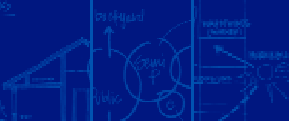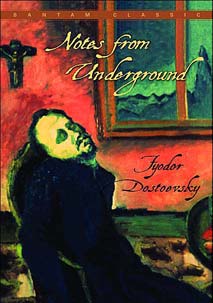"Pick the professor, not the course" is sage advice for those heading off to college. With that in mind, I've discovered an exceptional instructor for folks wishing to master some of the programs contained in Adobe's Creative Suite.
 Seems like I'm always up for learning some new digital tricks and » Deke is da-best instructor of Adobe programs I've found yet .. where the term best means easiest to learn from.
Seems like I'm always up for learning some new digital tricks and » Deke is da-best instructor of Adobe programs I've found yet .. where the term best means easiest to learn from.
He specializes in Photoshop, but also teaches Illustrator & InDesign. It's clear he has been teaching and refining these courses over many years.
Of course, we all have different learning styles, so we respond differently to different types of instructors. But I feel comfortable recommending any of the titles he has authored, especially those contained in his trademark series » One-on-One.
I like how he comes across as someone who is more concerned that students learn the program and its accompanying toolset than trying to impress you with their level of knowledge. I most like that he obviously has the technolust. His enthusiasm is contagious.
His courses nicely balance a folksy demeanor (he lives in Boulder) with technical jargon. Very personable. Doesn't seem to take himself too seriously.
For example, he has no problem referring to Illustrator's Selection and Direct Selection tools as » "the black-arrow tool" and » "the white-arrow tool." Little touches like this help demystify Adobe's most sophisticated programs.



